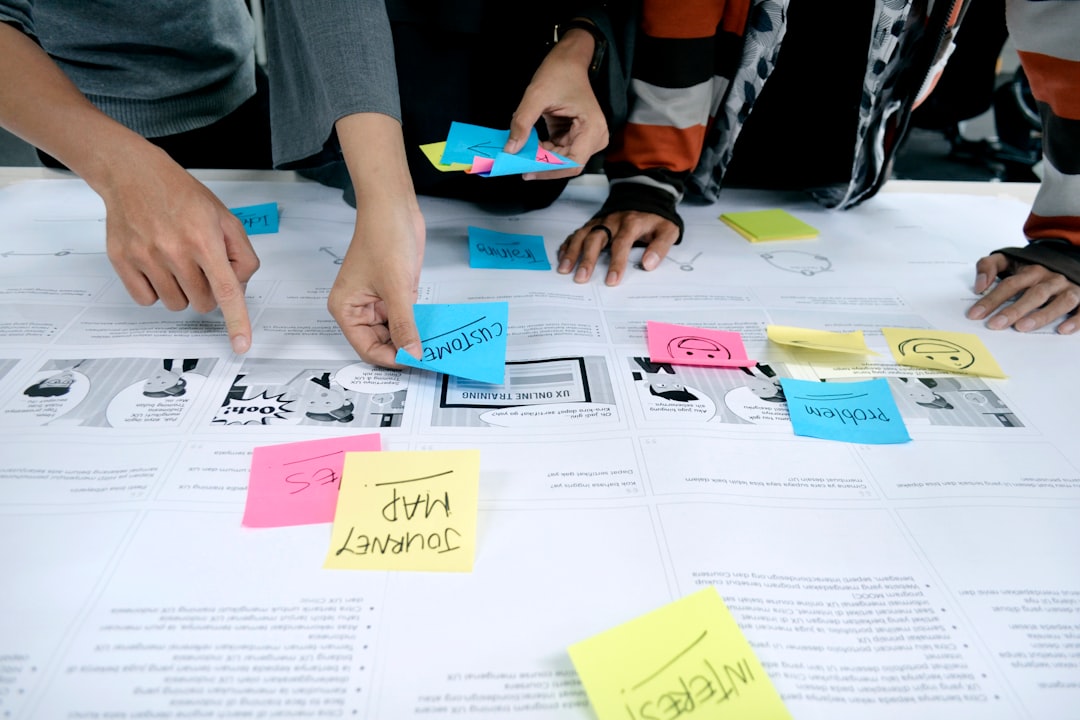In today’s dynamic business landscape, organizations that embrace continuous improvement are more likely to thrive. A culture of continuous improvement, often associated with the Japanese philosophy of Kaizen, isn’t just about incremental changes; it’s a fundamental shift in mindset that permeates every aspect of the organization. This post explores the key elements of building and sustaining such a culture.
1. Fostering a Growth Mindset: The Foundation of Continuous Improvement
A culture of continuous improvement begins with a fundamental shift in mindset – embracing a growth mindset. This means valuing learning, experimentation, and even failure as opportunities for growth. Instead of fearing mistakes, employees should be encouraged to view them as valuable learning experiences. This requires leadership to actively promote a psychologically safe environment where individuals feel comfortable taking calculated risks and sharing their ideas without fear of retribution. Training programs focused on growth mindset principles, coupled with regular feedback and recognition for effort and learning, can significantly contribute to this cultural shift. Leaders must lead by example, openly sharing their own learning experiences and demonstrating a willingness to adapt and improve.
2. Empowering Employees: The Engine of Continuous Improvement
Continuous improvement cannot be solely driven from the top down. Empowering employees to identify problems, propose solutions, and implement changes is crucial. This involves delegating authority, providing employees with the necessary resources and training, and fostering a collaborative environment where ideas are valued and actively sought. Techniques like suggestion boxes, regular brainstorming sessions, and cross-functional teams can facilitate employee participation. Furthermore, implementing systems that allow employees to easily track and measure the impact of their improvements fosters a sense of ownership and accountability. Recognizing and rewarding employee contributions, both big and small, is essential to maintain motivation and engagement.
3. Implementing Lean Principles: Streamlining Processes for Efficiency
Lean principles, often used in conjunction with Kaizen, offer a structured approach to continuous improvement. Lean focuses on eliminating waste (muda) in all aspects of operations, from production processes to administrative tasks. This involves identifying and eliminating non-value-added activities, optimizing workflows, and improving efficiency. Tools like Value Stream Mapping (VSM) can help visualize current processes and identify areas for improvement. Implementing 5S (Sort, Set in Order, Shine, Standardize, Sustain) can create a more organized and efficient workspace. Regularly reviewing and refining processes based on data and feedback is essential for continuous improvement within a lean framework.
4. Data-Driven Decision Making: Measuring and Tracking Progress
Continuous improvement is not a guessing game. To effectively track progress and measure the impact of implemented changes, organizations need robust data collection and analysis systems. Key Performance Indicators (KPIs) should be established to track relevant metrics, such as efficiency, productivity, quality, and customer satisfaction. Regular data analysis helps identify trends, pinpoint areas for improvement, and assess the effectiveness of implemented changes. Data visualization tools can make it easier to understand complex data and communicate findings to stakeholders. Transparency in data sharing ensures everyone is informed and aligned on progress, reinforcing the importance of data-driven decision making across the organization.
5. Cultivating a Culture of Feedback and Learning: The Continuous Improvement Cycle
Continuous improvement is an iterative process. A culture of open and honest feedback is essential for identifying areas for improvement and learning from both successes and failures. Regular feedback mechanisms, such as performance reviews, 360-degree feedback, and employee surveys, should be implemented to gather input from various stakeholders. After-action reviews (AARs) following projects or initiatives can identify lessons learned and inform future improvements. Creating a safe space for constructive criticism and providing opportunities for employees to share their experiences and insights is crucial for fostering a culture of continuous learning. This feedback loop ensures that the organization continually adapts and improves based on real-world experience.
Building a thriving continuous improvement culture is a journey, not a destination. It requires consistent effort, commitment from leadership, and active participation from all employees. By fostering a growth mindset, empowering employees, implementing lean principles, utilizing data-driven decision making, and cultivating a culture of feedback and learning, organizations can unlock significant improvements in efficiency, productivity, and overall success.
SEO Tags:
- Continuous Improvement
- Kaizen
- Lean Management
- Organizational Culture
- Process Improvement




